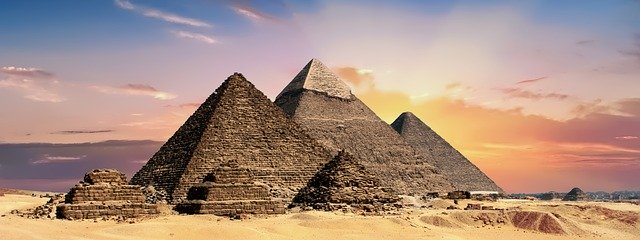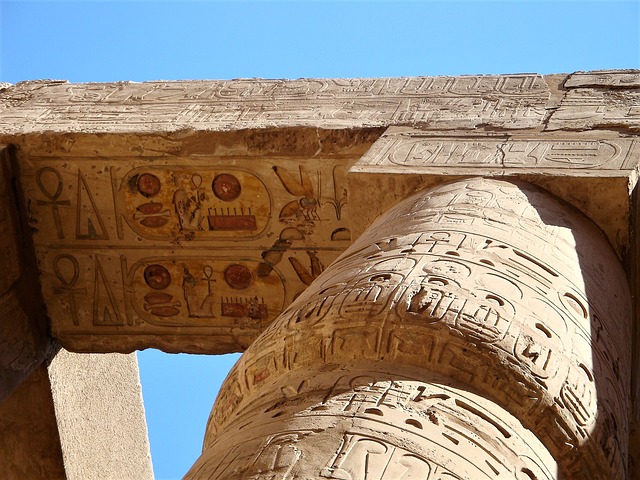In winter, the warm African climate attracts more and more eager Czechs to visit Egypt, the cradle of one of the oldest civilizations in the world. Pleasant winter weather directly encourages visitors to visit unique cultural monuments of immeasurable value, which can only be compared with the Mayan pyramids of Central America. Don\’t miss these 4 most famous landmarks!
Pyramids of Giza
These pyramids were built as the last resting place for the king of Egypt and his wife. On the territory of Egypt there are about 100 pyramids of different sizes and building styles. The most famous of them is the pyramid of Pharaoh Khufu in the 4th century. Dynasty, its age is estimated at 4500 years. Its peak rises to an impressive height of 137.5 meters.
Valley of Kings
A site on the west bank of the Nile that served in the 18th century. Up to 20 dynasties as burial sites of kings. There are 65 tombs of the kings, the most famous of which belongs to the Pharaoh Amenhotep ll.La Messi-La Messi-La Messi-La Messi-La Messi-, La Messi Vl. Tutankhamun or Tutankhamun Most tombs were beautifully decorated with paintings and religious texts, but this is more or less preserved to this day.
Karnak Temple
The ensemble of buildings that make up this temple is the largest temple complex in Egypt and is located on the eastern bank of the Nile near the city of Luxor, the God of the Sun, called Amon-Re by the ancient Egyptians. The most visited and at the same time the best preserved part of the temple is the pillar hall, which consists of 134 huge columns decorated with paintings. Its foundation dates back to around 2000 BC and was gradually completed over the next 1500 years. 
The Temple of Queen Hatshepsut
is arguably one of the most important buildings in West Thebes, and a dynasty built during the reign of Queen Hatshepsut who ruled in the 18th century. The temple is dedicated to the Amen God and is set in a natural rock massif. It consists of 3 terraces connected by monumental stairs and pillars. The temple was severely damaged several times during its existence, but the largest share of the deterioration of the temple was the Pharaoh Thutmose lll. Who deliberately destroyed the legacy of his predecessor, Queen Hatshepsut.
